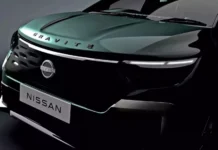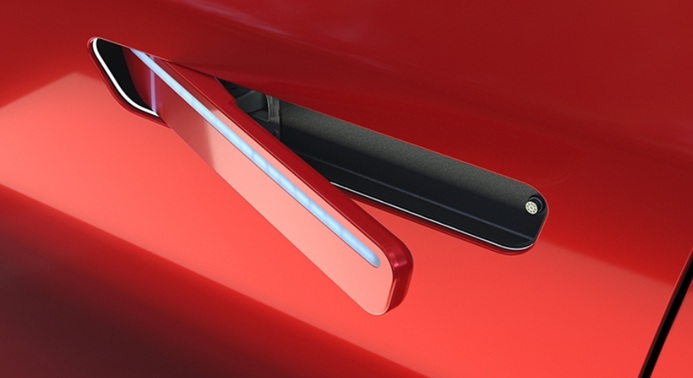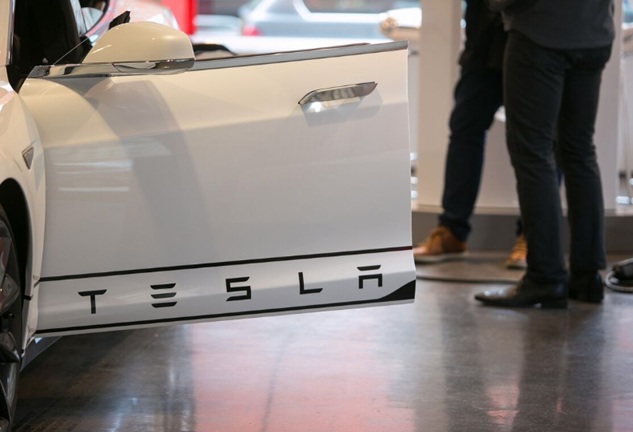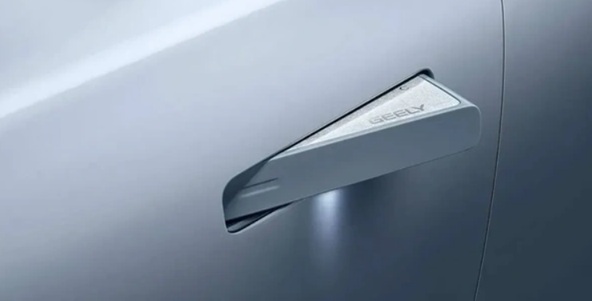The automotive world is entering an era of technology, where every design element leans towards minimalism and efficiency.
One of the most prominent symbols of this trend is the flush door handle—a feature once exclusive to luxury vehicles, now widely adopted in mainstream electric cars.
However, beneath its sleek appearance lies a concerning issue: in certain emergencies, this design can complicate rescue efforts.
Hidden Technology: The New Trend in Luxury and Electric Vehicles
Unlike traditional handles, flush handles lie flat against the car’s body and only extend when activated by a button, touch, or proximity detection. This design is favored by brands like Tesla Model 3, Range Rover Velar, Mercedes EQS, Hyundai Ioniq 5, and VinFast VF 8.
Their adoption enhances the vehicle’s sleek, modern look while reducing drag—a critical factor for electric vehicle performance.
Yet, this elegance introduces an unexpected concern: in emergencies, flush handles can hinder escape or rescue operations.
When Electronics Fail, Humans Are Trapped
Under normal conditions, flush handles operate seamlessly thanks to electric motors and sensors. However, in severe accidents, fires, or flooding, electronic systems may fail. In such cases, the handles won’t extend, preventing rescuers from opening the doors.
A tragic 2019 incident in Florida illustrates this: a Tesla Model S crashed into a tree and caught fire. Despite firefighters arriving within minutes, they couldn’t open the doors due to the inoperative electronic handles. The driver perished trapped inside.
Following this, Tesla and other manufacturers introduced mechanical emergency release mechanisms, but the incident remains a stark warning for the industry.
Additionally, when the vehicle’s body is severely deformed, flush handles are harder to manipulate than traditional protruding handles, which rescuers can easily grip, pull, or pry open with specialized tools.
Innovations for Greater Safety
Despite these concerns, flush handles are an irreversible trend, integral to futuristic design and aerodynamic efficiency. Instead of eliminating them, manufacturers are balancing aesthetics with safety.
Many vehicles now automatically extend their handles upon airbag deployment or collision detection, facilitating quicker rescue access. Others, like the Tesla Model Y, Range Rover, and VinFast VF 8, feature in-cabin mechanical release mechanisms. A simple lever pull allows occupants to open doors manually, independent of electrical power.
Another approach is the semi-flush handle, which maintains a streamlined look while enabling quick mechanical operation. The Hyundai Ioniq 5 exemplifies this, with handles that spring out without electricity.
Manufacturers are also prioritizing safety education. Many now include emergency door release instructions in manuals or handover videos, ensuring drivers can act when electronic systems fail.
Technology Cannot Replace Human Knowledge
In reality, flush handles aren’t inherently dangerous. The issue arises when drivers misunderstand their operation. Knowing the location and use of mechanical releases virtually eliminates entrapment risks. Conversely, assuming “smart cars handle everything” is the real danger.
A Euro NCAP expert once noted that no technology is hazardous when used correctly. This insight is especially relevant as electric vehicles increasingly rely on electronics.
Beauty Alone Isn’t Enough—Safety Matters
Flush handles symbolize electric vehicles and minimalist design but aren’t flawless. Between aesthetics and survival, the difference can be as small as a mechanical latch.
While technology makes cars smarter, the driver’s knowledge and initiative are the true keys to safety. Sometimes, in critical moments, the simplest things are the most vital.
TH (Tuoitrethudo)











































